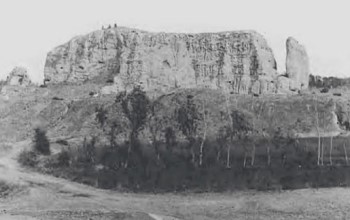Ancient Akra
Ruins of a Hellenistic Stronghold in the Bannu Valley
Ruins of a Hellenistic Stronghold in the Bannu Valley
Akra, derived from the Greek word meaning "High Place," stands as a testament to the Hellenistic influence in the Bannu region. Spanning 33 acres, these ancient ruins are located 12 km southeast of Bannu City along the Larai Nullah in Baraat village. Excavations reveal a once-thriving urban center from the 3rd century BCE, marked by silver and copper coins, molded bricks, and intricate figures that attest to its role as a Greek state within the Greco-Bactrian Kingdom.
Traces of Alexander the Great's conquests linger in Bannu's soil, with Akra serving as a key outpost under his successors. The site's permanence is evidenced by artifacts unearthed as the Indus River receded, including life-sized Grecian sculptures buried under layers of sand. Following Macedonian rule, the area saw successive dominions—Mauryan, Indo-Greek, Indo-Scythian, Kushan, and Gupta Empires—before Hindu Shahi stability in the 9th century CE. Sultan Mahmud of Ghazni later repurposed the Bannu route for his northern incursions, renaming the site Sat Ram under Hindu colonization.
From prehistoric villages like Sheri Khan Tarakai (5th-3rd millennium BCE) to Zoroastrian mentions in the Zend Avesta as "Varana," Akra encapsulates Bannu's layered heritage. Today, this "High Place" invites exploration of its ruins, where echoes of empires—from Persian satrapies to Ghaznavid raids—converge in the valley's timeless landscape.

Present-Day Ruins of Akra

Archaeological Site of Akra – 1970

Earliest Known Image of Akra by Major Reynell Taylor – 1848